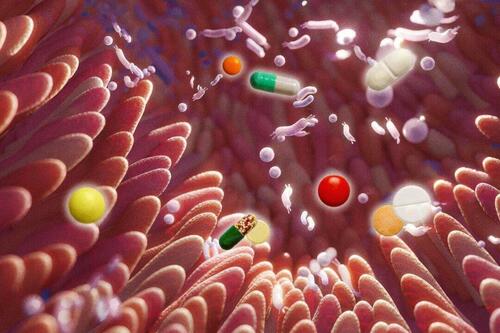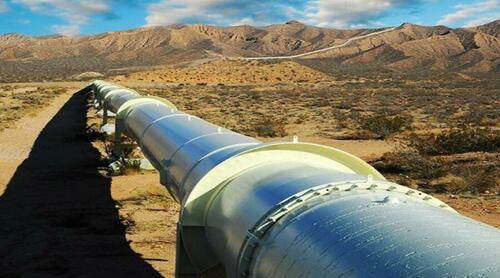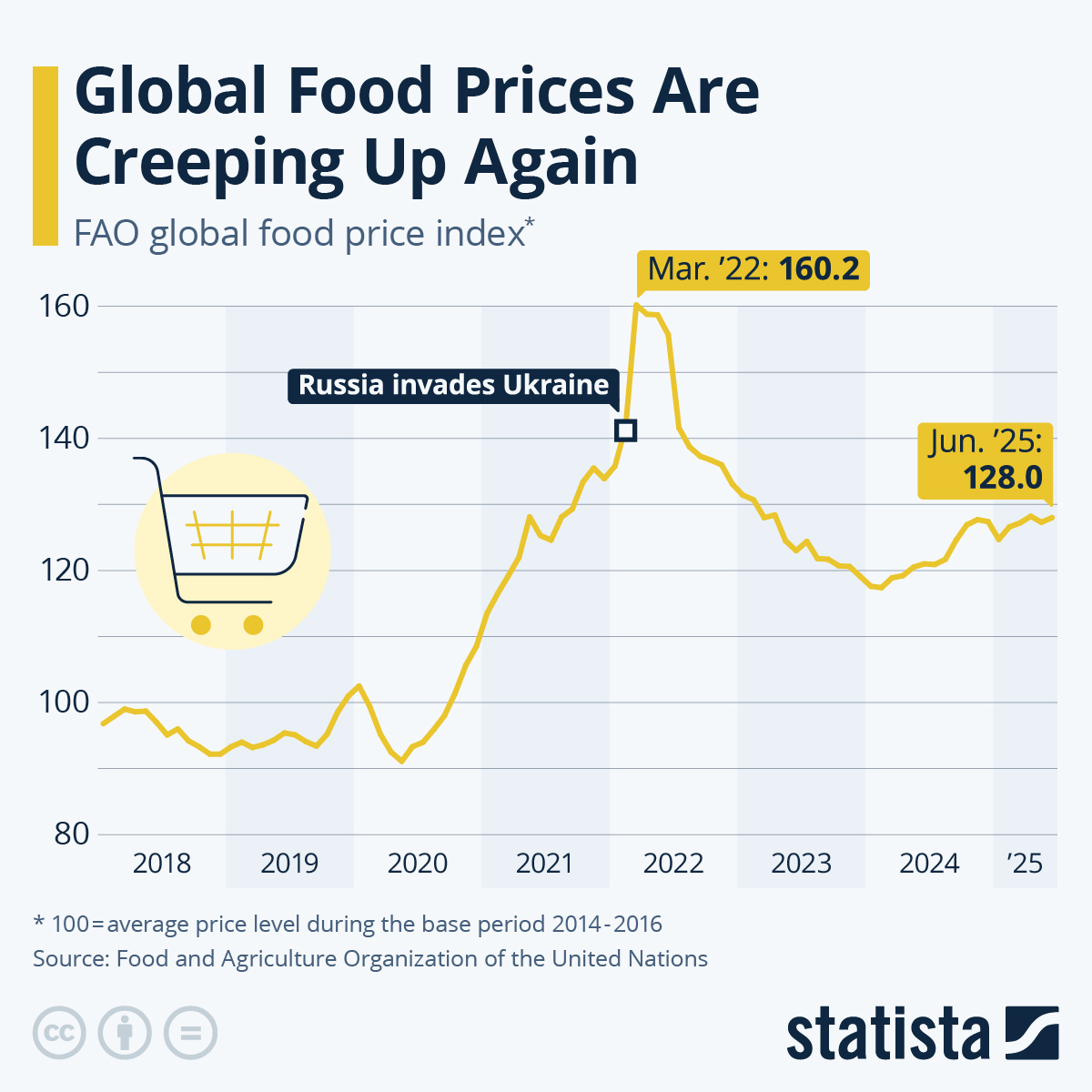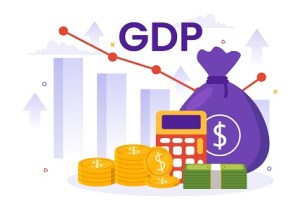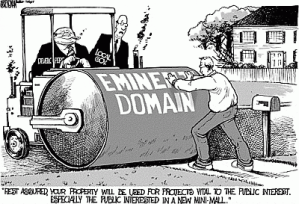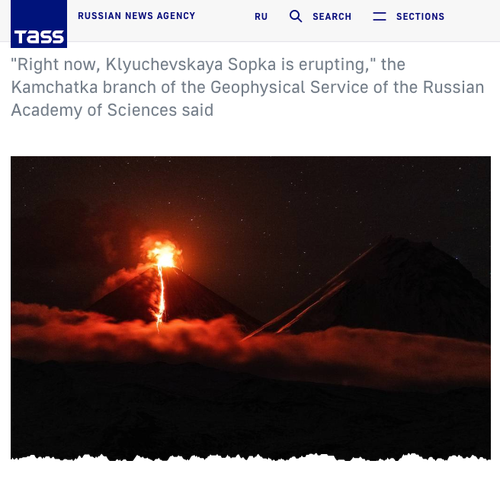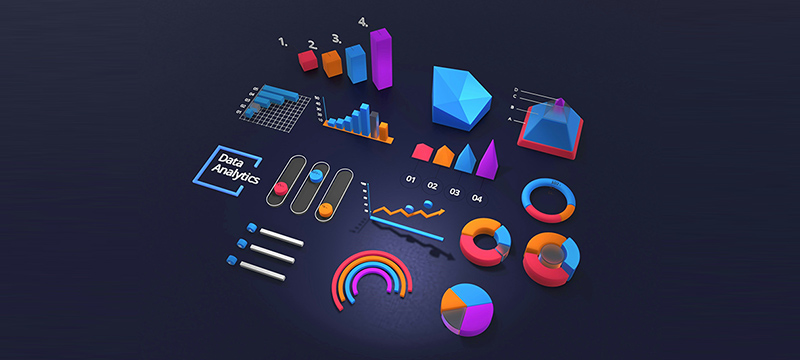The Internet of Things (IoT) and data analytics are two technological powerhouses that, when combined, are reshaping our world in profound ways. As IoT devices proliferate, generating vast amounts of real-time data, the need for sophisticated data analytics has never been greater. This convergence unlocks new possibilities across industries, from smart cities optimizing traffic flow to predictive maintenance in a manufacturing ecosystem. In this article, we’ll explore how this powerful synergy is redefining the future, highlighting key trends, real-world applications, challenges, and the latest technological tools used.
Understanding IoT and Data Analytics
The intersection of IoT and data analytics represents a significant advancement in how data is utilized. IoT devices provide the raw data, while data analytics tools process and analyze this information to deliver valuable insights. This integration enables real-time monitoring and response, predictive maintenance, and personalized user experiences.
IoT (Internet of Things) refers to the network of interconnected devices embedded with sensors, software, and connectivity that are programmed to collect and exchange data over the Internet. These devices include a wide range of applications, including smart home appliances, wearable health monitors, industrial machinery, etc. These connected devices generate a large amount of data, which can provide valuable insights and information on processing.
On the contrary, data analytics involves the process and methods of examining large amounts of data and focusing on discovering trends, patterns, and other meaningful information from the data. When applied to data generated by IoT devices, advanced analytics techniques like Machine Learning (ML) and Artificial Intelligence (AI) become crucial.
Components of IoT and Data Analytics Integration
The integration of IoT and data analytics involves several key components that work together to create a powerful ecosystem for data-driven decision-making:
IoT Devices: Equipped with sensors and actuators, IoT devices collect data from their surroundings and send it to centralized systems for processing and analysis.
Connectivity: IoT devices use technologies like Wi-Fi, Bluetooth, and cellular networks to transmit data seamlessly to central storage systems for efficient storage and analysis.
Data Storage: Data from IoT devices is stored in scalable, centralized systems, either on-premises or cloud-based, to handle the large data volumes generated by numerous devices.
Data Processing: Advanced analytics, including AI and ML, processes stored data to uncover insights, identify trends, and detect anomalies in real time.
Visualization: Visualization tools, such as dashboards and reports, convert complex data into graphical formats, making it easier for stakeholders to identify trends and make informed decisions.
Security: Protecting sensitive IoT data involves encryption, authentication, and strong access controls to prevent unauthorized access and ensure data integrity and privacy.
Applications of IoT and Data Analytics across Various Sectors
The applications of IoT converged with data analytics across various industries are further enhancing business operations and the lives of individuals.
Healthcare: Enables remote patient monitoring, predictive diagnostics, personalized treatment plans, and tracks employee productivity for improving patient outcomes and operational efficiency in healthcare settings.
Information Technology (IT): Facilitates real-time network monitoring, automated system management, and enhanced cybersecurity measures, leading to more efficient and secure IT infrastructure.
Public Sector: Drives smart city initiatives, optimizes resource management, tracks employee productivity, and enhances public safety through real-time data-driven insights and decision-making.
Banking and Finance: Enables better fraud detection, risk management, and personalized customer experiences, enhancing security and operational efficiency.
Manufacturing: Improves manufacturing processes by enabling predictive maintenance, real-time monitoring, and efficient supply chain management, boosting productivity, and reducing downtime.
Telecommunications: Allows enhanced network management, predictive maintenance, and better customer service through real-time data analysis and automated system optimization.
Potential Challenges in IoT and Data Analytics Integration
The rapid proliferation of IoT devices brings both transformative potential and significant challenges.
Data Security and Privacy: Protecting sensitive IoT data from cyber threats requires robust security measures like encryption and secure authentication, alongside compliance with regulations to ensure privacy.
Data Integration Complexity: Integrating data from various IoT devices is challenging due to differing communication protocols and formats, necessitating advanced frameworks to unify these data streams.
Scalability: Managing the expanding volume of data from growing IoT devices demands scalable storage and processing solutions to handle increased demand efficiently.
Data Quality and Consistency: Maintaining accurate and consistent data across multiple IoT devices is critical to avoid flawed insights, requiring rigorous data validation and cleaning processes.
Interoperability: Ensuring seamless operation among diverse IoT devices with different standards and protocols is essential for effective integration and analysis.
Cost Management: Implementing and maintaining high-cost IoT infrastructure and analytics platforms limit technology adoption and optimization.
Popular Tools & Technologies Used
IoT Platforms
AWS IoT
Microsoft Azure IoT
Google Cloud IoT Core
Analytics Tools
Apache Kafka
Apache Spark
TensorFlow
Visualization Tools
Tableau
Power BI
Qlik Sense
Unlocking Efficiency Through IoT and Data Analytics
The convergence of IoT and data analytics has ushered in a new age of smart connectivity and efficiency. By using the potential of interconnected devices and advanced data analysis, businesses can gain valuable insights and remain competitive in a world driven by data. Modern technological giants have been at the forefront of this technological revolution, offering comprehensive IoT and data analytics solutions.
The post Harnessing IoT and Data Analytics to Gain Strategic Business Advantage appeared first on IoT Business News.

